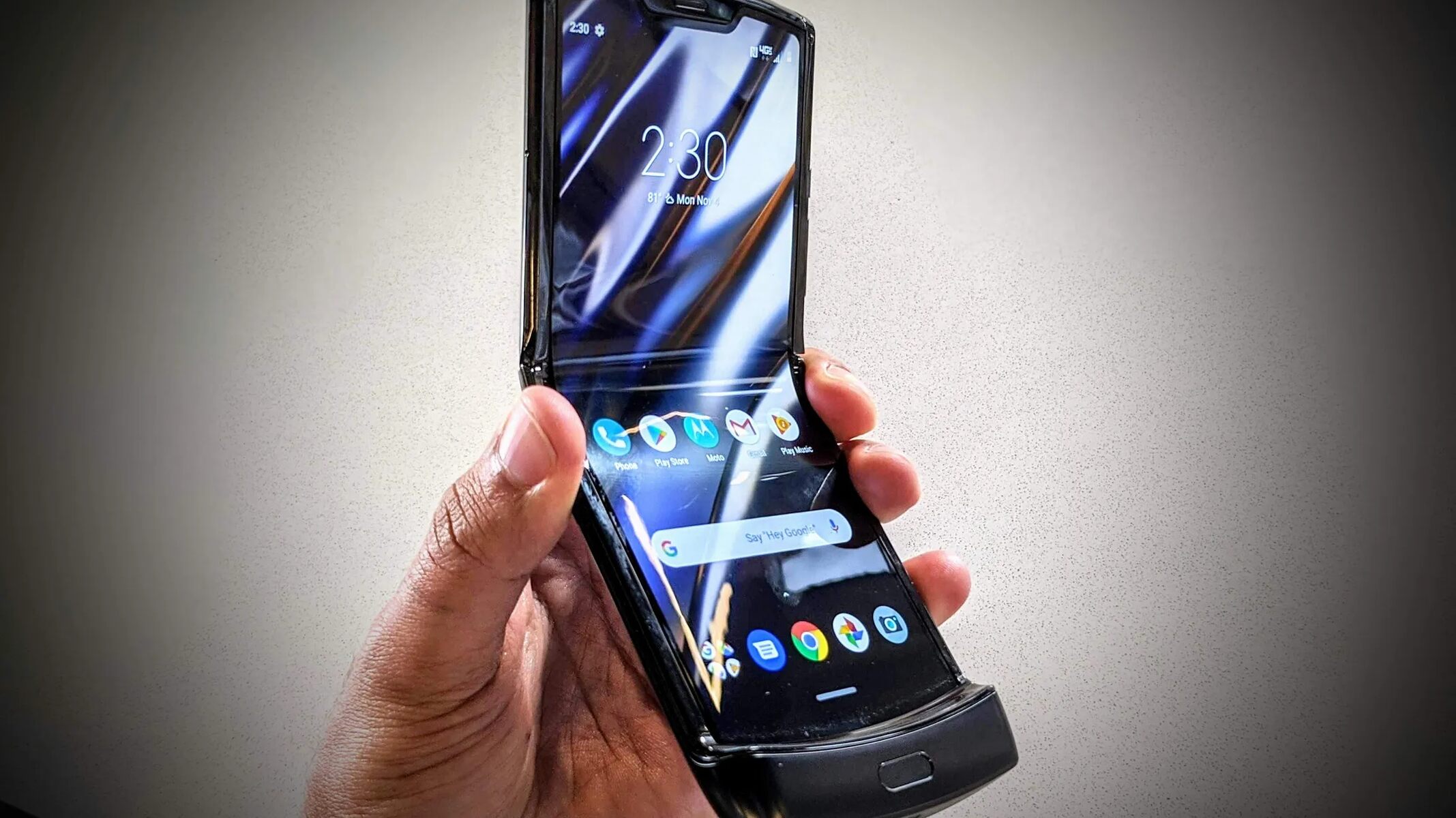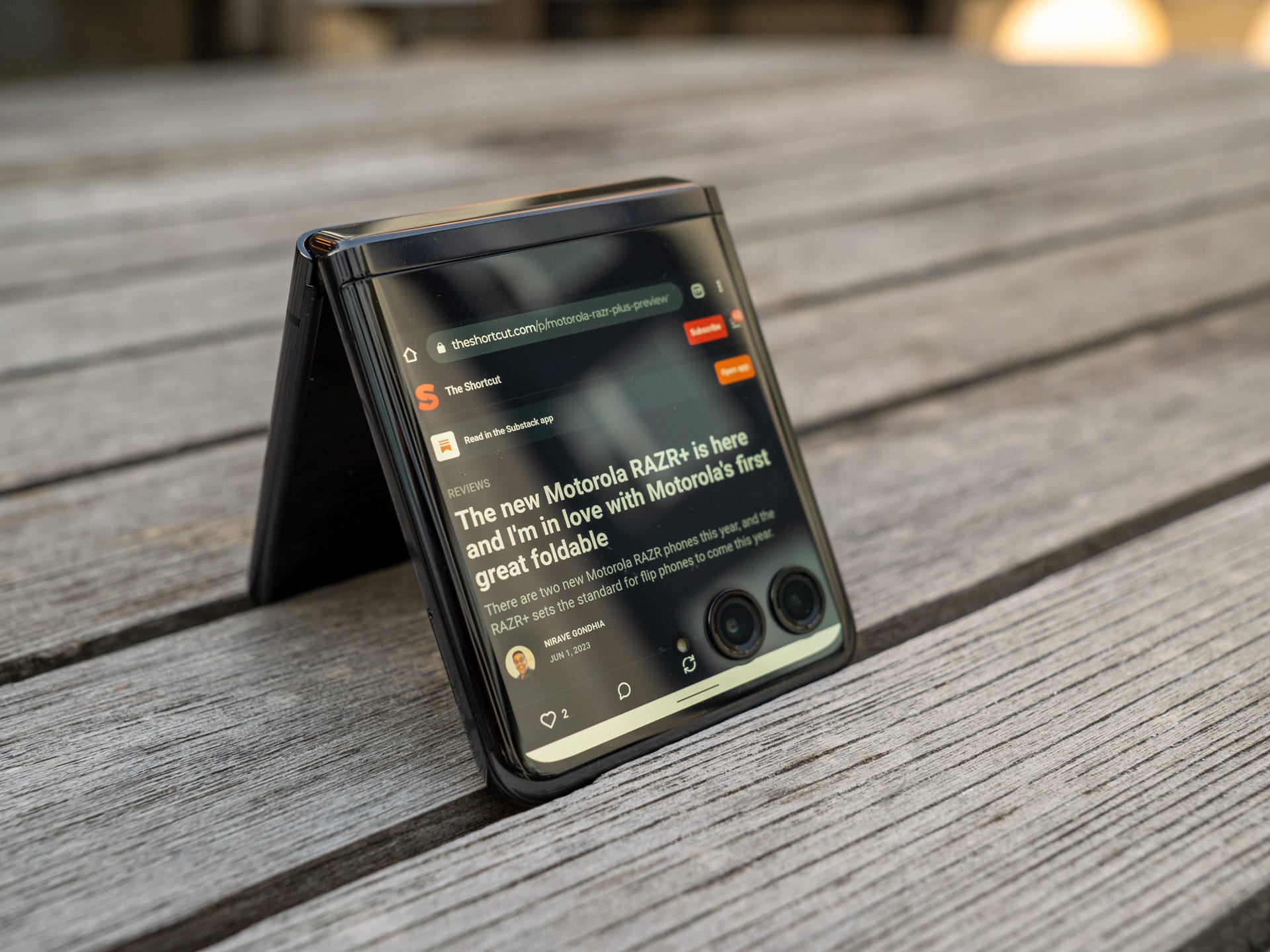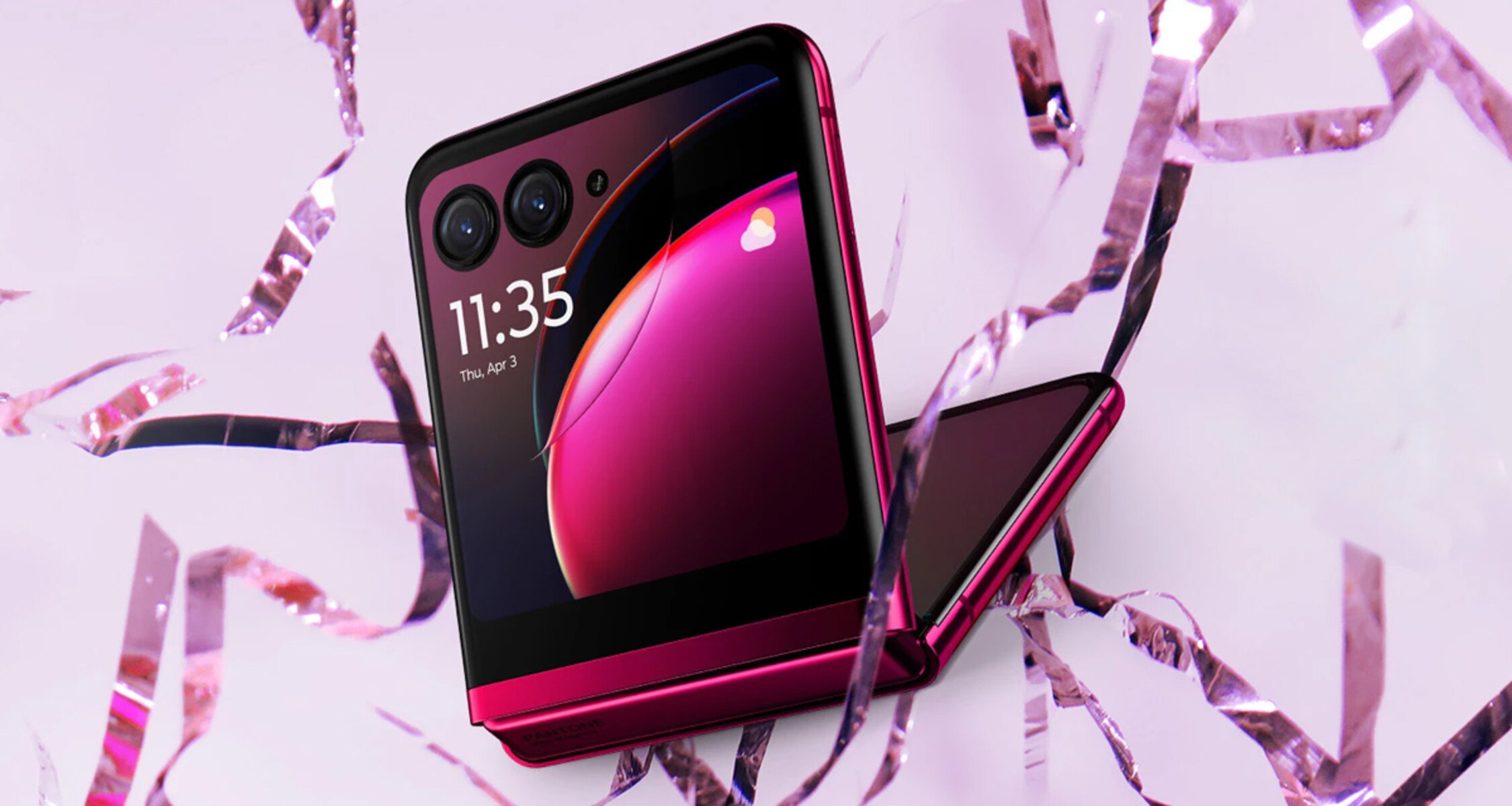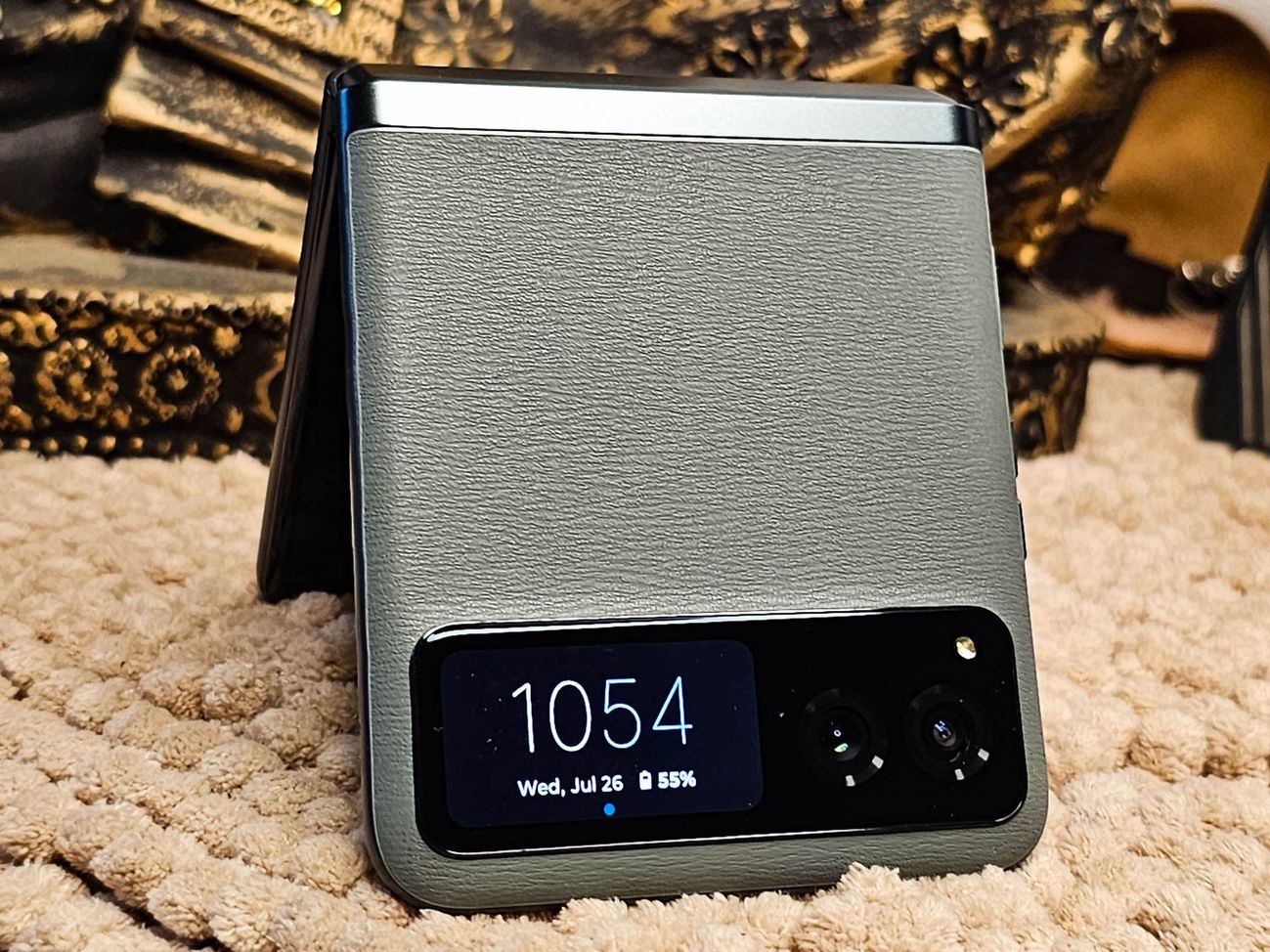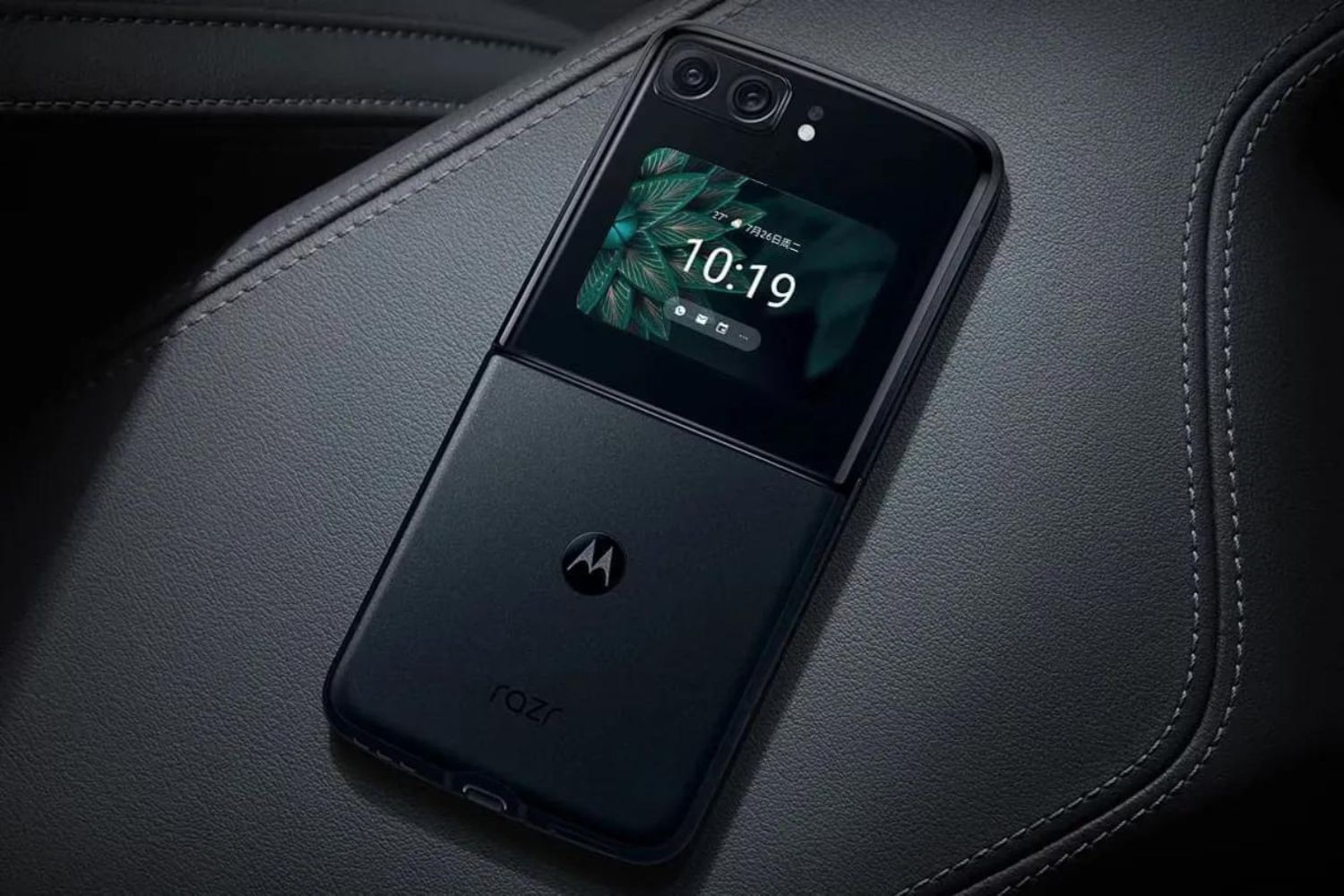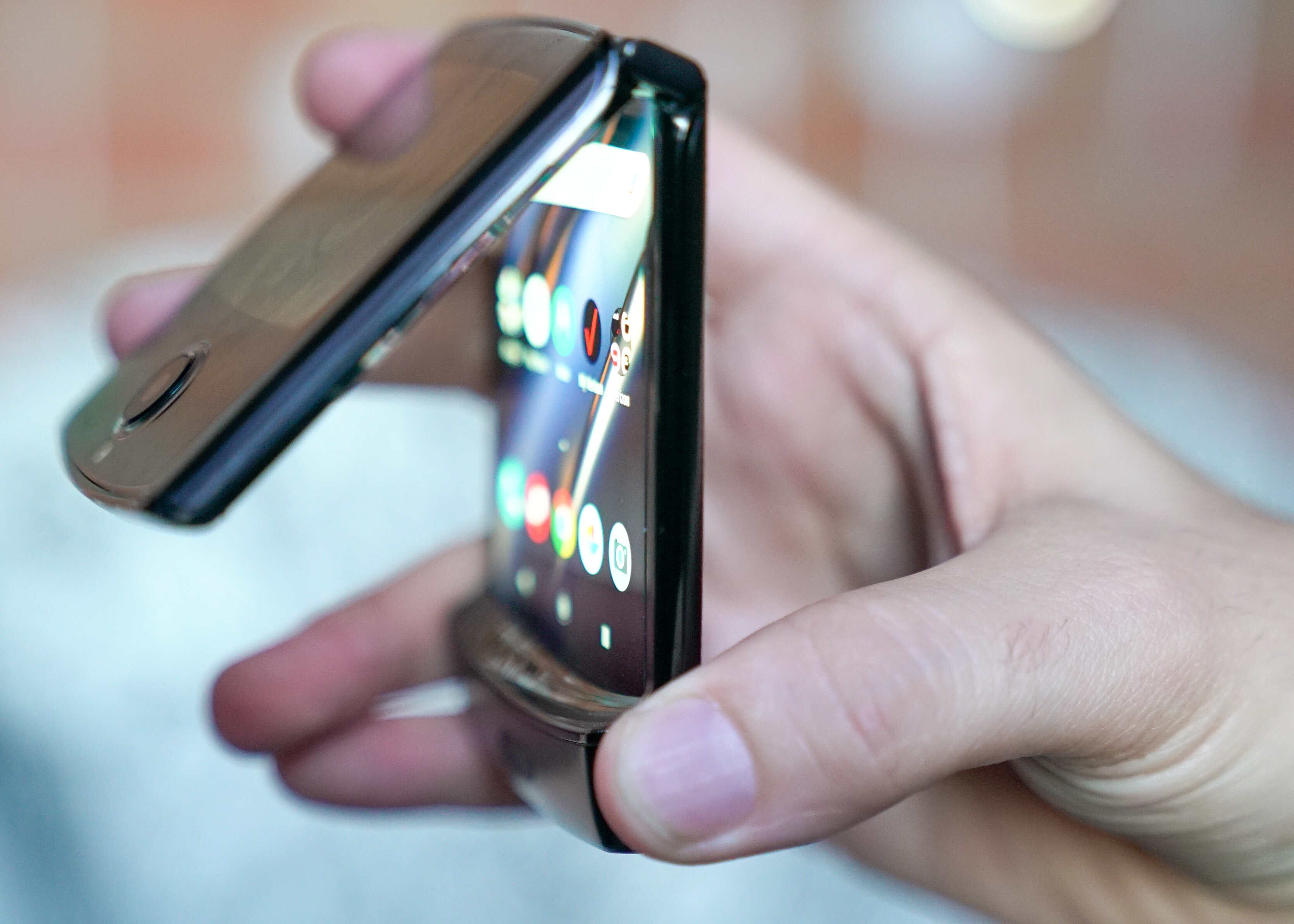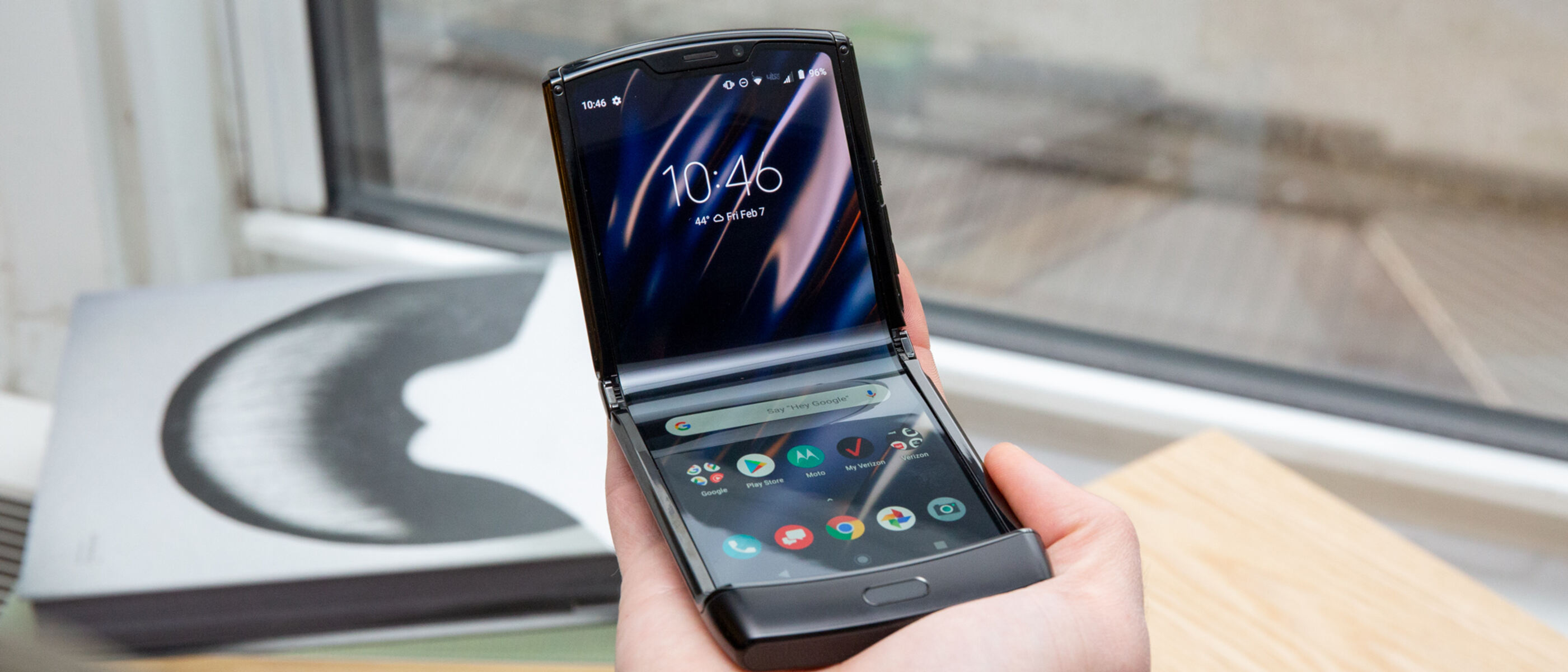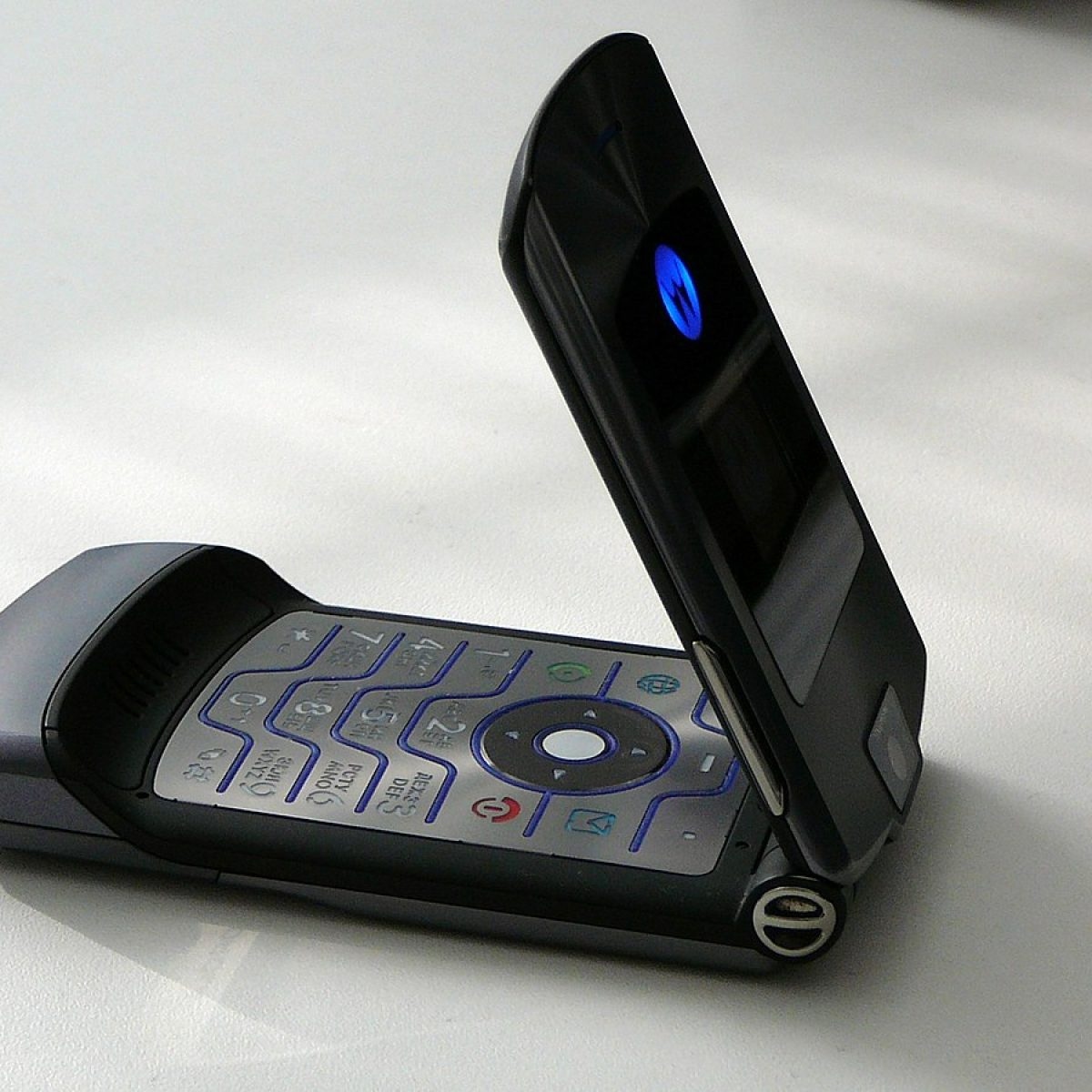Introduction
Resetting your Motorola Razr flip phone can be a useful solution for various issues, such as sluggish performance, software glitches, or the need to erase personal data before selling or donating the device. This comprehensive guide will walk you through the process of backing up your data, performing a factory reset, and restoring your data. Additionally, we'll cover troubleshooting common issues that may arise during or after the reset.
Whether you're a tech-savvy individual or a casual user, understanding how to reset your Motorola Razr flip phone is essential knowledge. By following the steps outlined in this article, you can ensure that your device operates smoothly and efficiently, allowing you to make the most of its features without being hindered by performance issues.
In the following sections, we'll delve into the specifics of backing up your data to prevent any loss of important information, performing a factory reset to restore your device to its original state, and restoring your data to bring back your personalized settings and content. Additionally, we'll address common troubleshooting issues that may arise, providing you with the knowledge to overcome any challenges that may occur during the reset process.
By the end of this guide, you'll have the confidence and expertise to reset your Motorola Razr flip phone with ease, ensuring that your device functions optimally and meets your needs. Let's embark on this journey to discover the essential steps for resetting your Motorola Razr flip phone and addressing any related concerns along the way.
Backing Up Your Data
Before initiating the process of resetting your Motorola Razr flip phone, it's crucial to safeguard your data by creating a backup. This step ensures that your personal information, contacts, photos, and other essential content are preserved and can be easily restored after the reset. By following the steps outlined below, you can effectively back up your data and minimize the risk of losing valuable information.
1. Utilize Cloud Services
One of the most convenient methods for backing up your data is to leverage cloud services such as Google Drive, Dropbox, or OneDrive. These platforms offer seamless integration with your Motorola Razr flip phone, allowing you to effortlessly store and sync your data to the cloud. By uploading your photos, videos, documents, and other files to a cloud service, you can access them from any device and ensure their safety in the event of a reset.
2. Sync Contacts and Calendars
To preserve your contacts and calendar events, utilize the built-in synchronization features of your Motorola Razr flip phone. By syncing your contacts with your Google account or other compatible services, you can ensure that this vital information is securely stored and can be easily retrieved post-reset. Similarly, syncing your calendar events will safeguard your schedule and appointments, preventing any loss of important dates and commitments.
3. Transfer Media to a Computer
For media files such as photos, videos, and music, consider transferring them to a computer using a USB cable. This direct transfer method allows you to create a local backup of your media content, providing an additional layer of protection for your cherished memories and entertainment files. Once transferred, you can store these files on your computer or an external storage device for safekeeping.
4. Backup App Data
Certain apps on your Motorola Razr flip phone may contain valuable data, such as game progress, notes, or settings. To ensure that this information is preserved, explore the backup options within individual apps or utilize third-party backup solutions that offer comprehensive app data backup capabilities. By securing this data, you can seamlessly restore your apps to their previous state after completing the reset process.
By diligently backing up your data using the methods outlined above, you can embark on the reset process with confidence, knowing that your valuable information is safeguarded. This proactive approach ensures that your personal content and settings are preserved, allowing for a smooth transition during and after the reset of your Motorola Razr flip phone.
Performing a Factory Reset
Performing a factory reset on your Motorola Razr flip phone is a fundamental process that restores the device to its original state, effectively erasing all personal data, settings, and installed apps. This comprehensive reset is a powerful solution for addressing persistent software issues, sluggish performance, or the need to prepare the device for resale or donation.
To initiate a factory reset, follow these essential steps:
-
Backup Your Data: Before proceeding with the factory reset, ensure that you have backed up all essential data, including contacts, photos, videos, documents, and app data. This proactive measure safeguards your personal information and allows for seamless restoration after the reset is complete.
-
Access Settings: Navigate to the "Settings" app on your Motorola Razr flip phone. This can typically be found in the app drawer or accessed directly from the home screen. Once in the Settings menu, locate the "System" or "System and Updates" option, which contains the reset and restore functions.
-
Select Reset Options: Within the "System" or "System and Updates" menu, look for the "Reset" or "Advanced" options. Here, you will find the "Factory data reset" or "Reset options" feature, which allows you to initiate the factory reset process. Select this option to proceed to the next step.
-
Confirm Reset: Upon selecting the "Factory data reset" or similar option, your Motorola Razr flip phone will display a confirmation prompt outlining the implications of the reset. This includes the permanent deletion of all data, settings, and installed apps. Confirm your decision to proceed with the factory reset.
-
Initiate Reset: Once the reset is confirmed, your device will begin the process of erasing all personal data and restoring the device to its original factory settings. This may take several minutes to complete, during which your Motorola Razr flip phone will restart and undergo the reset procedure.
-
Completion and Reboot: After the factory reset is finalized, your device will reboot and present the initial setup screen, akin to when the device was first unboxed. Follow the on-screen instructions to configure your device settings, language preferences, and Wi-Fi connectivity.
By following these steps, you can effectively perform a factory reset on your Motorola Razr flip phone, restoring the device to its factory-fresh state. This process provides a clean slate for addressing software issues and preparing the device for a new user, ensuring that it operates optimally and efficiently.
Restoring Your Data
After successfully performing a factory reset on your Motorola Razr flip phone, the next crucial step is to restore your data. This process involves bringing back your backed-up information, including contacts, photos, videos, documents, app data, and settings, to ensure that your device reflects your personalized preferences and contains the essential content you rely on. By following the steps outlined below, you can seamlessly restore your data and swiftly resume using your Motorola Razr flip phone with minimal disruption.
1. Cloud Service Integration
If you utilized cloud services such as Google Drive, Dropbox, or OneDrive to back up your data, the restoration process is streamlined. Simply sign in to the respective cloud service on your Motorola Razr flip phone and access the stored data. By syncing your device with the cloud, you can effortlessly retrieve your photos, videos, documents, and other files, ensuring that they are readily available for use.
2. Contact and Calendar Synchronization
To restore your contacts and calendar events, leverage the synchronization features of your Motorola Razr flip phone. By signing in to your Google account or other compatible services, you can seamlessly retrieve your contacts and calendar data. This ensures that your essential contact information and upcoming appointments are reinstated, allowing you to stay connected and organized.
3. Media Transfer from Computer
If you transferred your media files, such as photos, videos, and music, to a computer before the factory reset, it's time to bring them back to your device. Connect your Motorola Razr flip phone to the computer using a USB cable and transfer the media files back to the appropriate folders on your device. This straightforward process allows you to restore your cherished photos, videos, and music collection, ensuring that your entertainment and memories are once again at your fingertips.
4. App Data Restoration
For apps that contain valuable data, such as game progress, notes, or settings, it's essential to restore this information. If the apps support cloud backup or synchronization, simply sign in to your accounts within the respective apps to retrieve your data. Alternatively, if you utilized third-party backup solutions for app data, follow the provided instructions to restore the backed-up information, ensuring that your apps are fully reinstated with their previous settings and content.
By diligently restoring your data using the methods outlined above, you can swiftly bring back your personalized content and settings, seamlessly transitioning your Motorola Razr flip phone to its pre-reset state. This proactive approach ensures that your device reflects your preferences and contains the essential information you rely on, allowing you to resume using your device with confidence and minimal disruption.
Troubleshooting Common Issues
After resetting your Motorola Razr flip phone, you may encounter common issues that can impact the device's performance or functionality. Addressing these issues effectively is essential to ensure that your device operates optimally. Below are some common problems that may arise post-reset, along with troubleshooting steps to resolve them:
1. Slow Performance
If you notice sluggish performance or delays in app responsiveness after the reset, consider clearing the device's cache. To do this, navigate to the Settings app, select "Storage," and then tap on "Cached data." Confirm the clearing of the cache, which can help improve the device's speed and responsiveness.
2. Connectivity Issues
In the event of Wi-Fi or Bluetooth connectivity issues, start by toggling the respective features off and on. If the problem persists, consider forgetting the Wi-Fi network or Bluetooth device and re-establishing the connection. Additionally, ensure that your device's software is up to date, as manufacturers often release updates to address connectivity issues.
3. App Crashes
If certain apps crash or behave unpredictably after the reset, try clearing the app's cache and data. Navigate to the "Apps" or "Applications" section in Settings, select the problematic app, and choose the options to clear its cache and data. If the issue persists, consider uninstalling and reinstalling the app to ensure a fresh installation.
4. Battery Drain
Excessive battery drain post-reset can be concerning. To address this, review the device's battery usage statistics in the Settings app to identify any apps consuming an unusually high amount of power. Consider restricting background activity for such apps or uninstalling them if they are not essential.
5. Display or Touchscreen Issues
If you encounter display abnormalities or touchscreen responsiveness issues, consider restarting the device to see if the problem resolves. If the issue persists, perform a soft reset by powering off the device and then turning it back on. This can often resolve temporary display or touchscreen glitches.
6. Persistent Software Errors
In the event of persistent software errors or system instability, consider performing a second factory reset. This can effectively address underlying software issues that may not have been resolved with the initial reset. Ensure that you have backed up your data before proceeding with a second reset.
By addressing these common issues with the suggested troubleshooting steps, you can effectively resolve post-reset challenges and ensure that your Motorola Razr flip phone operates smoothly and efficiently. If you encounter persistent or complex issues, consider reaching out to Motorola's support resources for further assistance.







